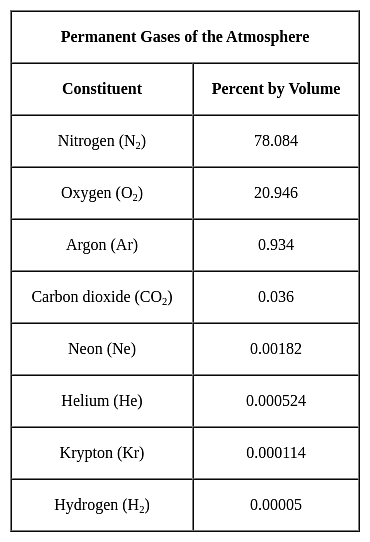KVS TGT Social Science Mock Test - 1 - KVS PGT/TGT/PRT MCQ
30 Questions MCQ Test - KVS TGT Social Science Mock Test - 1
Direction: Out of four alternatives,choose the one which can be substituted for the given words/sentence.
Anything which is no longer in use
| 1 Crore+ students have signed up on EduRev. Have you? Download the App |
Choose the correct modal verb and fill in the blanks.
The company ________ go bankrupt if they don't find a lot of money quickly!
What is the name of the submersible used in India's Deep Ocean Mission (DOM)?
Which of the following was done by Germany before World War II?
I. It annexed Italy in 1938.
II. It broke up Czechoslovakia in 1935.
Communal Award announced by British Government on 4th August, 1932 gave a separate electorate to :
Which of the following sentences about the composition of the atmosphere is correct?
- Nitrogen and CO2 are two gases that make up the bulk of the atmosphere.
- Gases are the only constituent of the earth's atmosphere.
Chadar Trek or the Zanskar Gorge is associated with which of the following river?
Which of these statement(s) is/are correct about CPI (M)?
Consider the following two statements about the High Courts in India:
A. The High Courts are under the State Governments and act on their behalf.
B. All judges of the High Courts are appointed in consultation with the Chief Ministers of the states.
Choose the correct option.
With the reference to the Communal politics belief, which of the statements is correct?
The Consumer Protection Act, 1986 is applicable to,
- Co-operative sector
- Manufacturer
- Service sector
The right to acquire knowledge and to be a well-informed consumer throughout life is


















